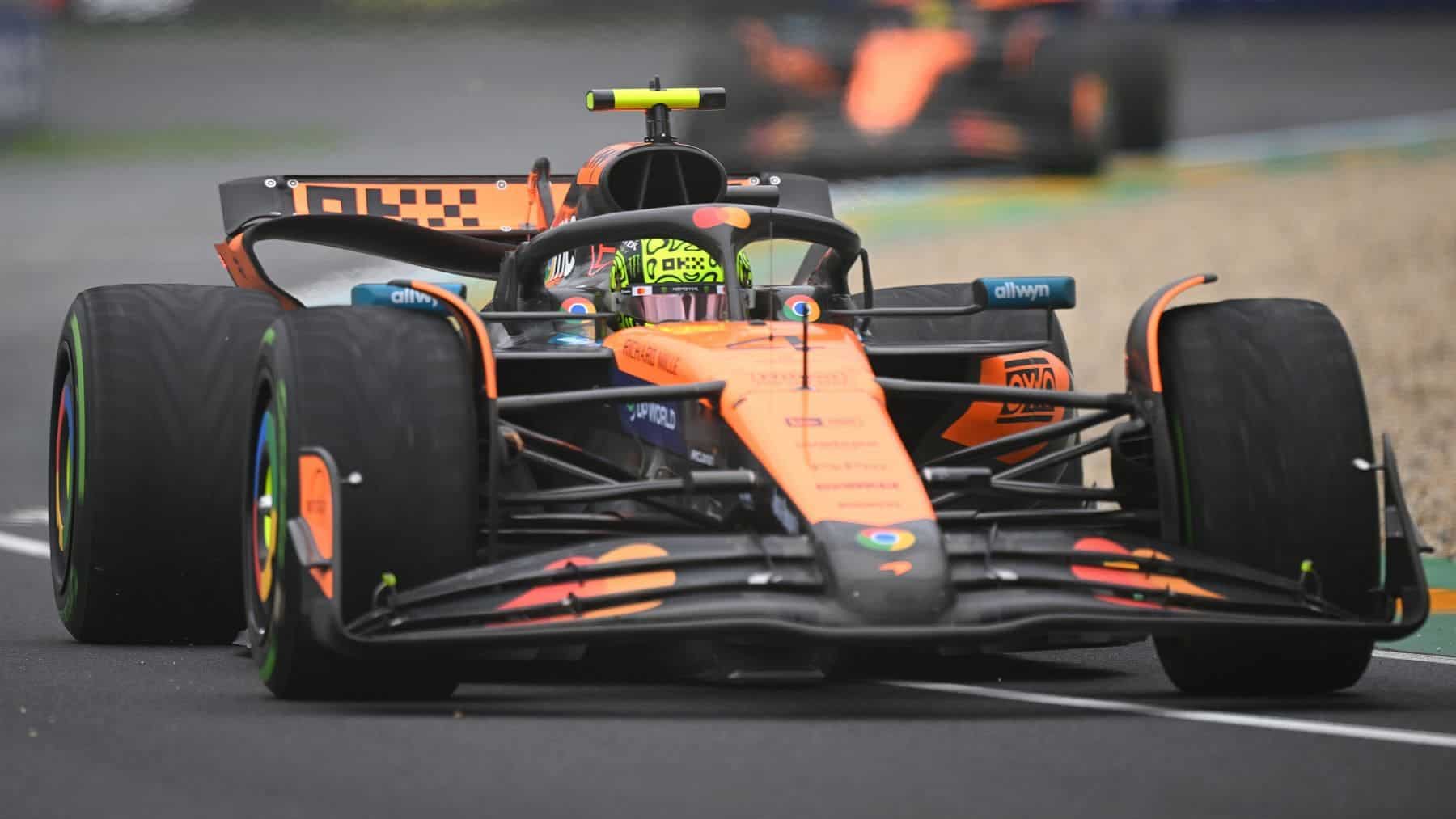The Formula 1 of 2025 has entered a new phase in which the technical regulations have already introduced significant changes, which has led to a situation in which not all teams have been able to adapt perfectly. The new regulations of the FIA regarding the flexibility of rear wings has forced certain teams to make urgent modifications to their cars and some, such as Haas and Alpine, have been adversely affected and have already had to change their designs; others, such as McLaren, have emerged unscathed from this situation, which may give them an advantage in the following races.
Haas and Alpine change their spoiler
The 2025 Formula 1 season has brought us one of the first technical controversies involving Haas and Alpine. Both teams have had to make changes to their rear spoilers due to the new regulations of the Fédération Internationale de l’Automobile (FIA), which tightened the flexibility requirements for these parts.
The tightening of the rules came about thanks to the inspection carried out by the FIA in the first race of the season. As a result, the regulator decided to lower the bending tolerance of the rear wings from 2 mm to just 0.5 mm. This change forced several teams to react immediately before the Chinese Grand Prix.
Dave Greenwood, chief operating officer of Alpine, confirmed that the French team had to make some last-minute corrections to comply with the rule: “We were compliant both times, but work had to be done at the factory to make sure we were within the new margin.”
Ayao Komatsu, head of the Haas team, for his part, also commented that his team had to implement a variation in the assembly of its spoiler without modifying its design. Both teams have had to adapt quickly because the FIA has indicated that the restrictions will be even greater in the next race in Japan, as the temporary tolerance of 0.25 mm will be removed.
McLaren dodges the FIA
Unlike what has happened with Alpine and Haas, who have had to make hasty changes to the configurations they had tested, McLaren has emerged unscathed from this change in the regulations. As they had already tested, the British team had a rear spoiler configuration with no need for variation.
Neil Houldey, McLaren’s engineer and technical director, said that his team had not been adversely affected because the designs had complied with the new FIA limitations since the beginning of the season. “Luckily for us, when we did the test at the Australian Grand Prix, the magnitude that the FIA decided to implement was greater than the deflection we had measured; it had absolutely no effect on us,” Houldey said.
The Woking team has proven that their understanding of aerodynamics has allowed them to avoid problems with the FIA directive. “If it had had to be changed in a week, it would have been a problem, but fortunately our original concept is within the regulations, and therefore we have had no concerns,” the manager added.
McLaren takes advantage of its lead
The fact that McLaren is in this situation gives it a significant advantage over those teams that have had to make changes for extreme operational reasons. In a Formula 1 where even the smallest adjustments can make a difference to the reliability and performance of the cars, not having to change resources in order to work on past mistakes is a real advantage.
While Haas and Alpine have been forced to make adjustments and modify on the fly, McLaren has focused on squeezing the performance out of its car with complete peace of mind. And as the season progresses and stricter regulations come into play, a team’s ability to anticipate changes could make all the difference when it comes to fighting for points.
The next date marked on the calendar, the Japanese Grand Prix, will bring a new twist to the technical regulations. It remains to be seen whether the teams that have already had problems all season will be affected again or whether they will find definitive solutions to be able to comply with the FIA without losing competitiveness on the track.

